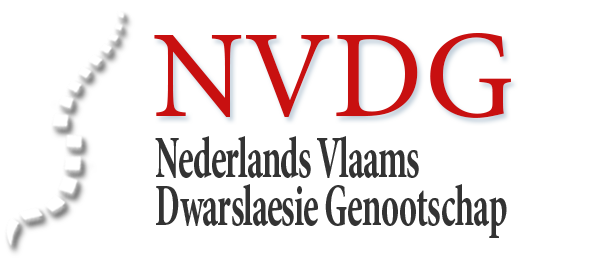Adaptations in motor control of the upper extremities in subjects with tetraplegia
- Yvonne Janssen-Potten, PhD (Researcher)
- Henk Seelen, PhD (Project leader)
- Cees Pons, MD (Project leader)
A controllable arm and hand function is essential for the performance of activities of daily living (ADL). Patients suffering from a thoracic or (low) cervical SCI highly depend on the use of a wheelchair for their mobility needs. When the arm-hand function (AHF) is impaired due to a cervical SCI wheelchair mobility and ADL is jeopardised. Clinical rehabilitation of these patients is focused on residual sensori-motor functions. In some cases surgical muscle/tendon transpositions are carried out to improve functional outcome. In effect new patterns of motor control have to be acquired by these patients. The project aims at understanding the development of new patterns of motor control in persons with tetraplegia during and after their active clinical rehabilitation. Adaptations in motor control are studied during standardized ADL tasks with electromyography. Insight in changes in muscle use during task performance in tetraparetic persons may be used as ‘input’ to better judge as well as to simulate and predict—through modelling (project III) -, the mechanical loading and movement efficiency of the upper extremities in these persons. This is relevant not only for persons who have completed their active rehabilitation program, but also (and especially) for patients who still receive therapy. Insight in changed muscle use and mechanical loading and stress is also relevant to tetraparetic persons who are eligible for surgical muscle transposition. Through modelling the mechanical constraints may be assessed before surgery and a possible result of surgery regarding changes in muscle function, co-ordination and improved ADL may be predicted through simulation. Given the coherence between this and project III data of both projects will be exchanged.
Research Questions
- To what extent can subjects with a tetraparesis based on a cervical SCI actively compensate the loss of muscle function in the shoulder girdle, arm and hand? (research phase B).
- How do new patterns of alternative muscle use for AHF develop during the active clinical rehabilitation phase of patients with a tetraparesis based on a cervical SCI? (research phase C).
- How do isolated muscle transpositions influence existing movement synergies of the shoulder-arm complex in patients with a tetraparesis based on a cervical SCI and what are the mechanical consequences of such surgical interventions on the loading / stress in the shoulder-arm complex? (research phase D + study III).
- List of publications
- Assessment of upper extremity muscle function in persons with tetraplegia. Janssen-Potten YJM, Seelen HAM, Bongers-Janssen HM, Van der Woude LHV. J. Electromyograph. Kinesiol. 2007.
- Evaluation of upper extremity motor function tests in tetraplegics. Tuijl JH van, Janssen-Potten YJM, Seelen HAM, Spinal Cord 40, 51-64, 2002.





